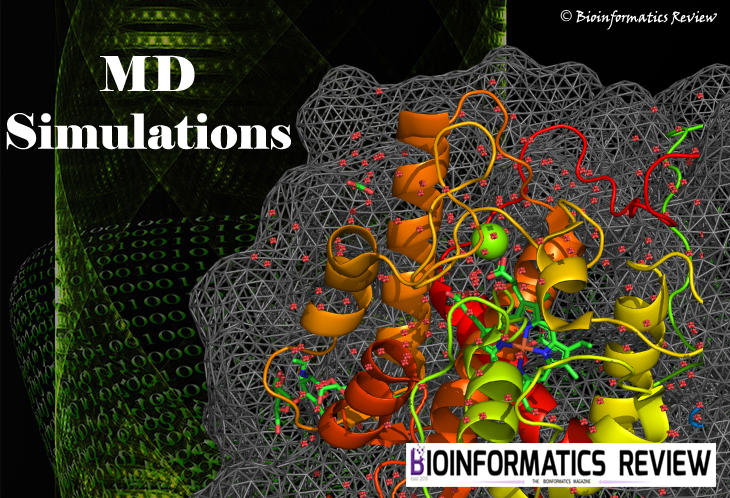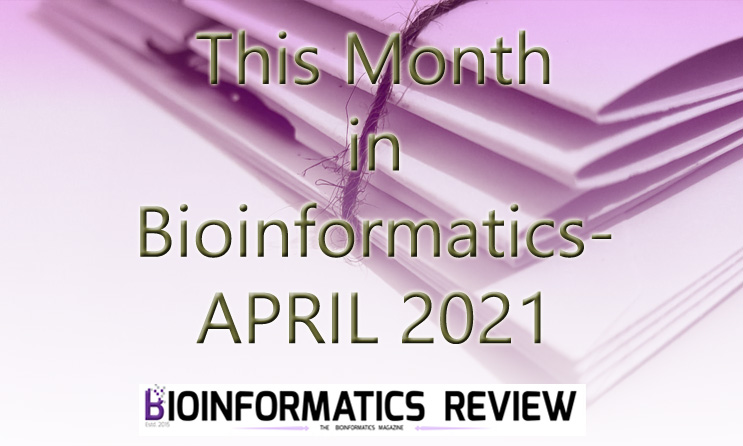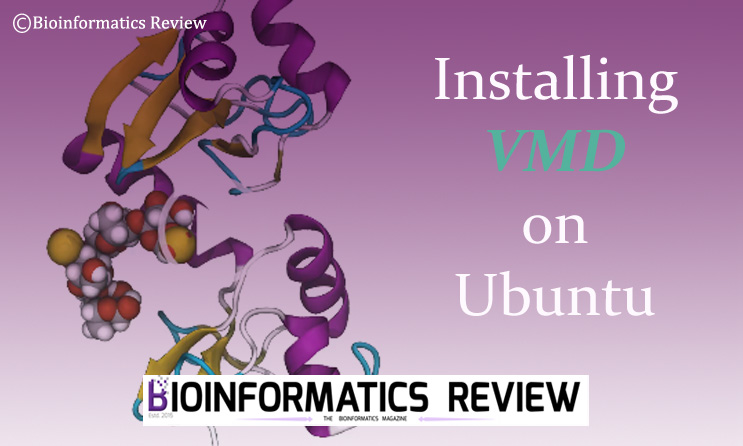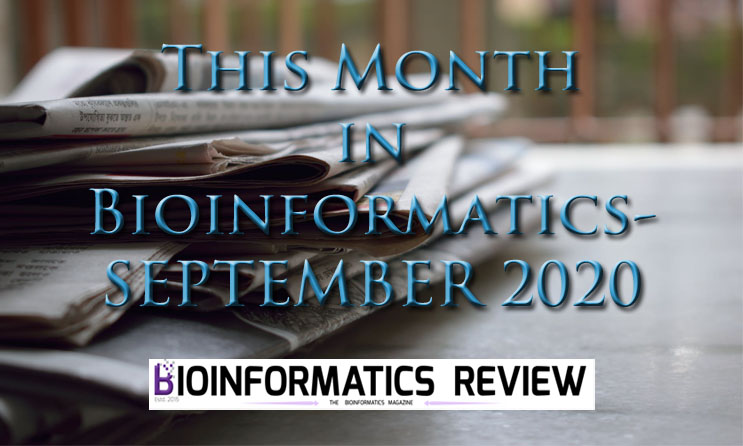The roots of the molecular simulation application can be traced back to physics where it was applied to simplified hard-sphere systems [1]. This field of molecular simulation study has gained a lot of interest since then and applied to perform simulations to fold small protein at multi-microsecond scale [2-4], predict functional properties of receptors and to capture the intermediate transitions of the complex [5], and to study the movement and behavior of ligand in a binding pocket and also to predict interactions between receptors and ligands [6,7].
GROMACS is the most widely used software implemented to study the molecular dynamics (MD) simulations of complex proteins [8]. GROMACS offers a set of commands which can be easily executed for MD simulation of a protein or to a complex protein with a ligand to study protein folding kinetics to computational drug design to the refinement of molecular structures. Recently,
Irrgang et al., [9] have proposed an API for GROMACS called “gmxapi” written in pure Python and implemented as a C++ extension.
This API allows the users to simply construct the computational task graphs permitting the parallel optimizations and mixing of MD simulation and machine-learning operations using other software packages such as TensorFlow [10]. The API provides a native interface to GROMACS MD engine [11]. Users can simply drive MD simulations via high-level procedural commands, an object-oriented interface, or can employ their own extension code.
The restrained-ensemble simulations compute population properties from a set of MD simulation data, then compare these computed simulations to residue-residue distance distributions used as experimental data measured via double electron-electron resonance (DEER) spectroscopy. Then, a distance histogram is calculated by the simulation algorithm from the estimated ensemble and calculates a distance-dependent biasing force for the simulations, which are run for an interval of time (Δt) before repeating the process [9].
gmxapi enables custom plugins for user-defined forces, allows custom potential functions, provides the optimized performance of the software GROMACS, and allows to build and execute computational graphs.
References
- Alder, B. and Wainwright, T. (1957) Phase transition for a hard sphere system. J. Chem. Phys., 27, 1208–1209.
- van der Spoel, D. and van Maaren, P.J. (2006) The origin of layer structure artifacts in simulations of liquid water. J. Chem. Theor. Comput., 2, 1–11.
- Lindorff-Larsen, K. et al. (2011) How fast-folding proteins fold. Science, 334, 517–520.
- Bowman, G. et al. (2011) Atomistic folding simulations of the five helix bundle protein 6-85. J. Am. Chem. Soc., 133, 664–667.
- Nury, H. et al. (2010) One-microsecond molecular dynamics simulation of channel gating in a nicotinic receptor homologue. Proc. Natl Acad. Sci. USA, 107, 6275–6280.
- Chong, L. et al. (1999) Molecular dynamics and free-energy calculations applied to affinity maturation in antibody 48g7. Proc. Natl Acad. Sci. USA, 96, 14330–14335.
- Huang, D. and Caflisch, A. (2011) The free energy landscape of small molecule unbinding. PLoS Comput. Biol., 7, e1002002.
- Hess, B. et al. (2008) Gromacs 4: Algorithms for highly efficient, load-balanced, and scalable molecular simulation. J. Chem. Theor. Comput., 4, 435–447.
- M Eric Irrgang, Jennifer M Hays, Peter M Kasson (2018) gmxapi: a high-level interface for advanced control and extension of molecular dynamics simulations, Bioinformatics, bty484,
- https://www.tensorflow.org/
- Pronk, S., et al. GROMACS 4.5: a high-throughput and highly parallel open source molecular simulation toolkit. Bioinformatics 2013;29(7):845-854





